Hamilton, a startup specializing in real-world asset (RWA) tokenization, has announced the tokenization of the first US Treasury bills on Bitcoin layer-2 (L2) solutions, including Stacks, Core, and BoB.
This milestone signifies a major step towards integrating traditional finance with the Bitcoin ecosystem, enhancing the accessibility and tradability of stable, government-backed assets within decentralized finance (DeFi) networks.
Bridging Finance: Treasury Bills on Bitcoin Layer 2 Solutions
According to the official statement, Hamilton conducted the inaugural transaction on America’s Independence Day. Hamilton’s initiative seeks to make financial instruments like Treasury bills more accessible and tradable within Bitcoin’s DeFi ecosystems.
“Combining US Treasury bills with Bitcoin’s security and transparency marks a historic step towards financial independence, providing crucial exposure to emerging markets,” Kasstawi, CEO & Co-founder of Hamilton, said.
Read more: What is Tokenization on Blockchain?
Hamilton’s tokenized Treasury bills will be available on three prominent Bitcoin L2 solutions: Stacks, Core, and BoB. These platforms are well-known for making Bitcoin more scalable and functional.
Therefore, they will allow Hamilton to easily and affordably create digital tokens representing real-world assets—all while ensuring the security that Bitcoin is famous for. The tokenized Treasury bills are expected to be available soon on Hamilton’s platform.
Hamilton’s move matches the increasing interest in RWA tokenization from both crypto firms and traditional financial institutions. Boston Consulting Group’s (BCG) projection of the RWA market to reach $16 trillion by 2030 highlights the potential of such innovations.
Additionally, the latest data from RWA.xyz indicates that the total value of tokenized treasuries as of July 4 is $1.79 billion. The figure represents a 215.88% year-on-year increase from $566.67 million. This surge highlights the growing demand and potential for RWA tokenization in the financial sector.
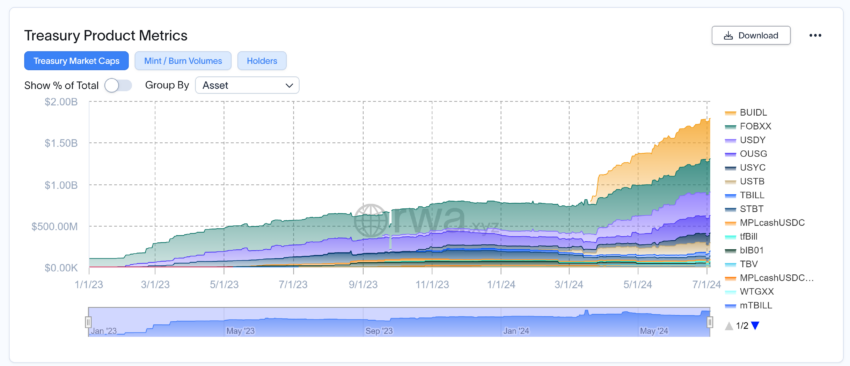 Tokenized Treasuries Total Value. Source: RWA.xyz
Tokenized Treasuries Total Value. Source: RWA.xyzRWA tokenization involves creating digital representations of tangible assets like bonds, real estate, and debt on blockchain networks. Once tokenized, these assets can be swapped, transferred, and leveraged in DeFi ecosystems.
Read more: What is The Impact of Real World Asset (RWA) Tokenization?
This method creates new opportunities and liquidity between traditional and crypto assets. Furthermore, it enhances transparency, liquidity, security, and accessibility while reducing costs and transaction times.
The post Hamilton Brings US Treasury Bills to Bitcoin L2, Boosting RWA Tokenization Sector appeared first on BeInCrypto.

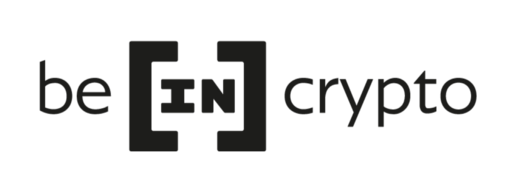 4 months ago
38
4 months ago
38

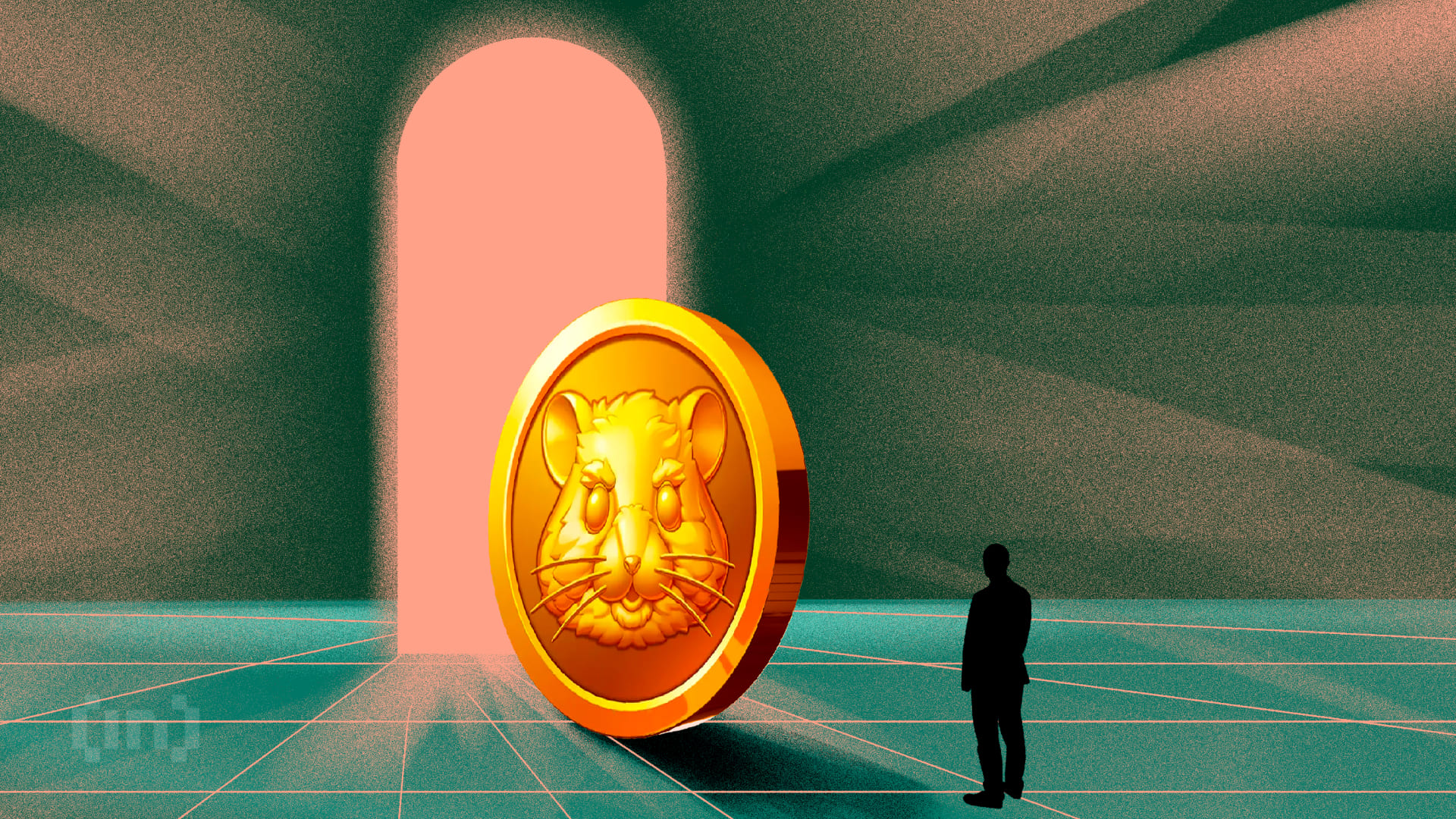
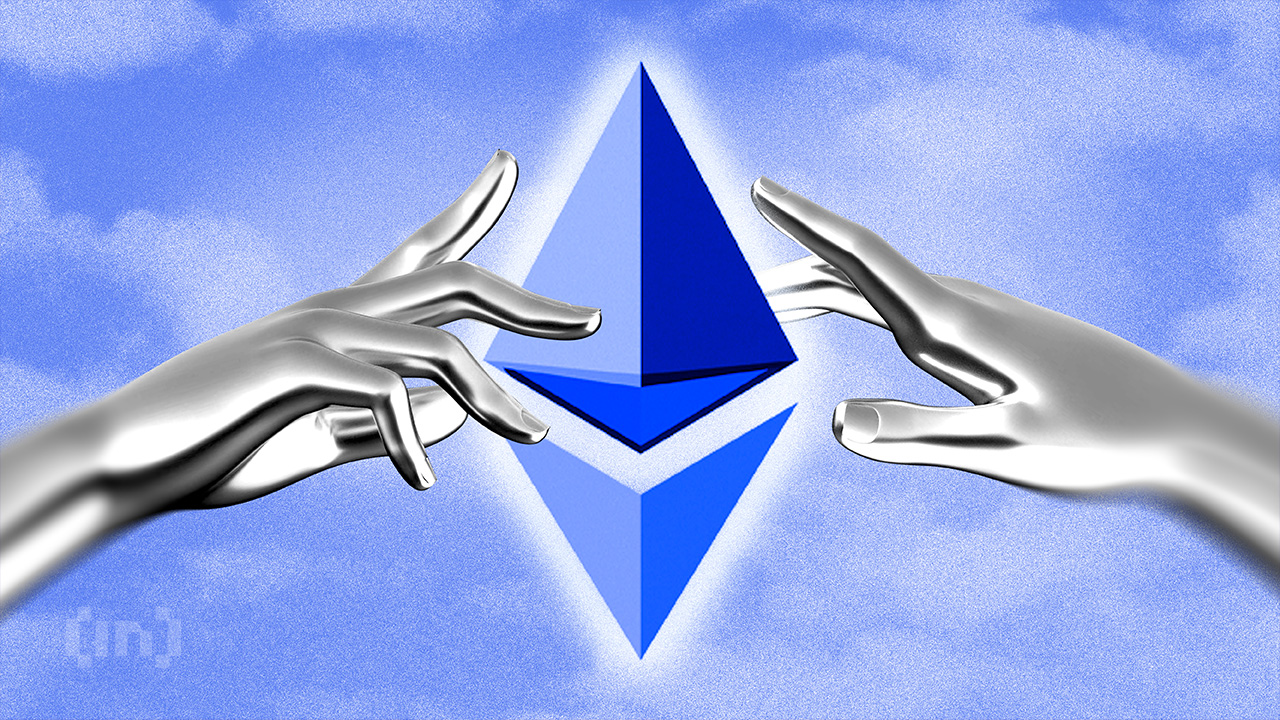
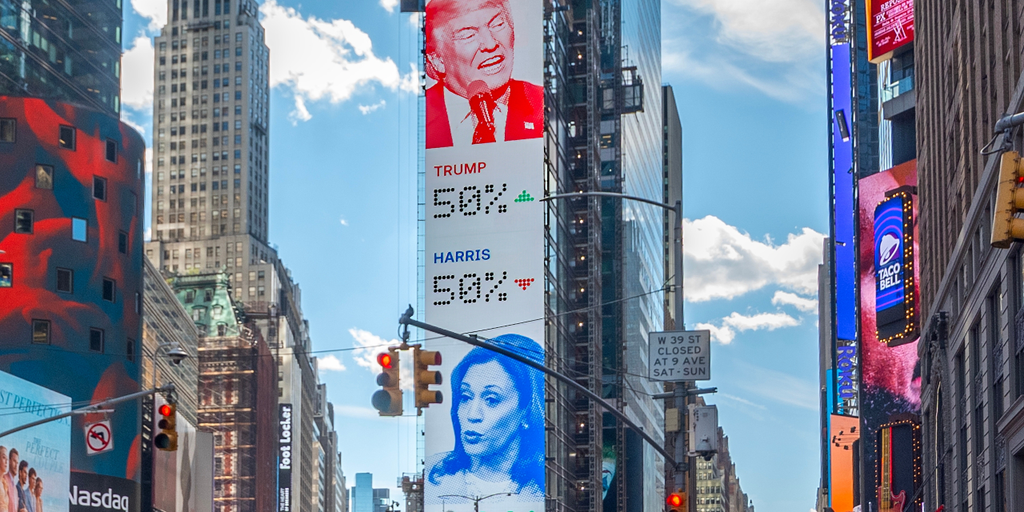

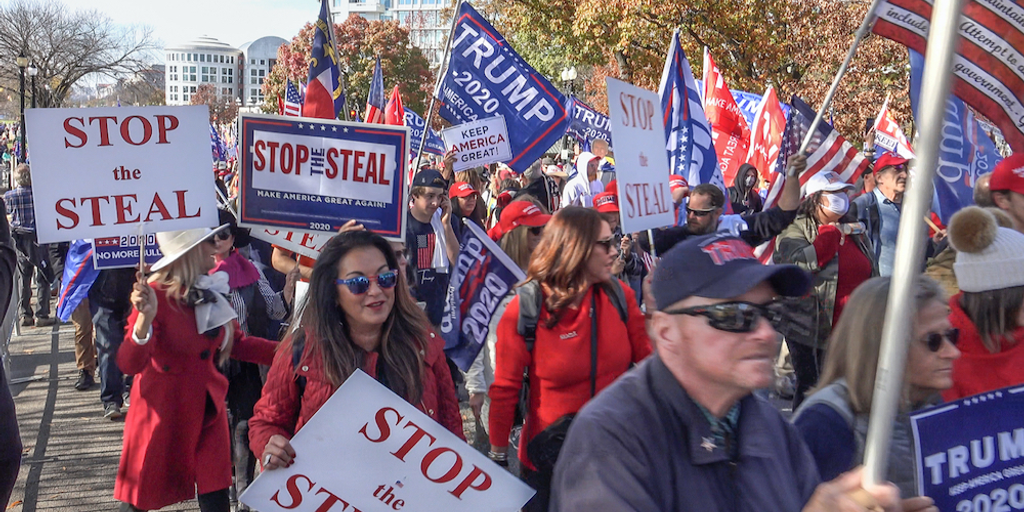

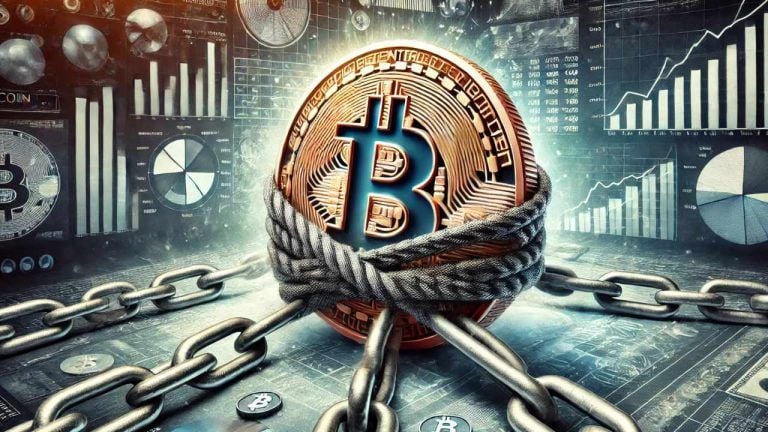
 English (US) ·
English (US) ·